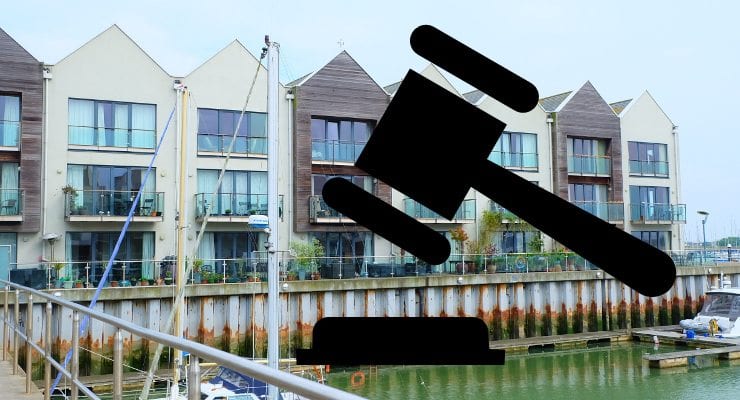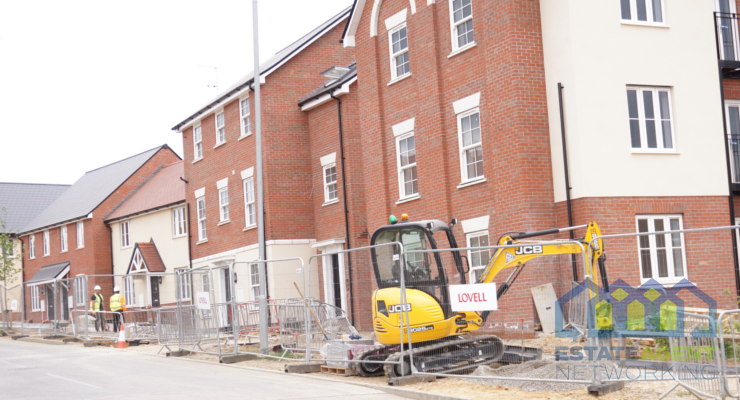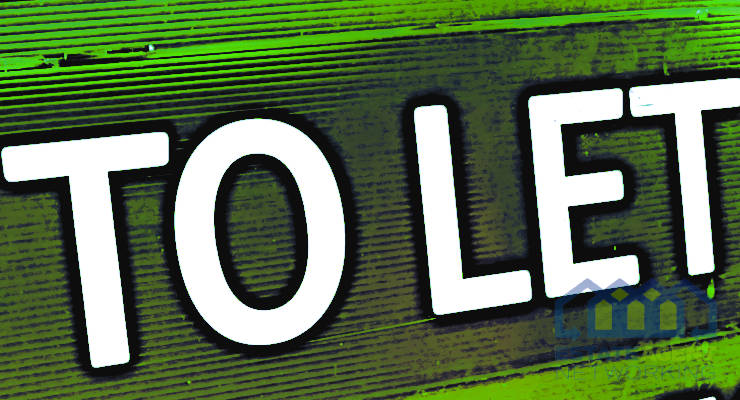Japanese Knotweed – Buyer Beware.
Japanese Knotweed is an invasive plant and was first discovered by Swedish naturalist Carl Peter Thunberg during the 18th century. By the twentieth century it became apparent that Japanese Knotweed is an invasive plant and needs to be dealt with. There are different types of solutions for treating or eradicating Japanese Knotweed from herbicide treatment to excavation.
If a potential property buyer identifies Japanese Knotweed in the property then the implications could be serious. The invasive plant inflicts damage on brickwork and drainage systems and as a result, mortgage lenders may be reluctant to lend and the property insurers may not want to insure the property. Unfortunately all too often homeowners are oblivious to Japanese Knotweed until the time comes to sell their properties. Although the presence of knotweed can be problematic, solutions are available.
When selling the property, the seller will need to fill in a form called a TA6 provided by the Solicitor and it is on this form that they declare whether the property is affected by Japanese Knotweed. The seller will need to be able to identify whether there is Japanese Knotweed or if they can’t, they should contact a Japanese Knotweed contractor that can help them identify it. This can simply be achieved by sending in a photo of the plant by email for identification by the contractor.
As for the buyer, it is equally important that they speak to their Solicitor and also contact a Japanese Knotweed contractor to help identify the plant. Once it has been identified, the seller should seek advice from a Japanese knotweed specialist company to discuss how best to put measures in place to treat the infestation and manage the problem. A specialist will be able to provide information on the following: site surveys, Knotweed Management Plan (KMP), herbicide treatment and monitoring program, excavations and Insurance-Backed Guarantees (IBG).








